Best Holsters for Concealed Carry: Comfort and Accessibility Combined
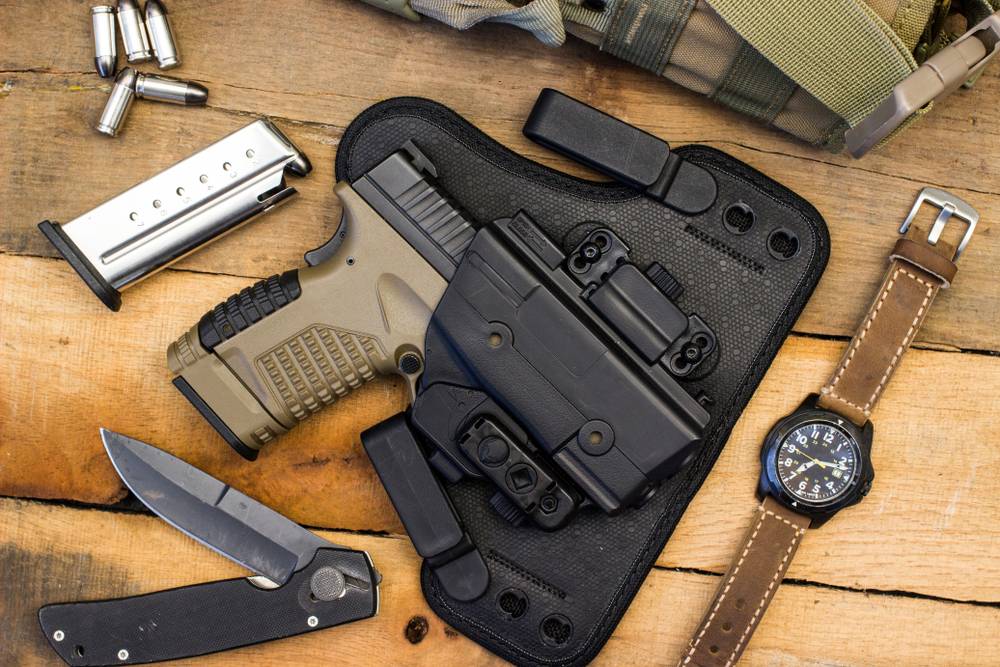
Carrying a concealed firearm requires the right holster to ensure safety, comfort, and quick access. Whether you are a civilian practicing self-defense or a law enforcement officer needing a reliable carry option, selecting the best holster is crucial. In this guide, we will explore the best holsters for concealed carry, factors to consider, and the pros and cons of different styles.
Why Choosing the Right Holster Matters
A quality concealed carry holster provides:
- Comfort – Prevents discomfort during long hours of wear.
- Accessibility – Ensures quick and easy firearm retrieval in emergencies.
- Retention – Keeps the firearm secure to prevent accidental falls.
- Concealment – Allows discreet carrying without printing (visible outline of the firearm).
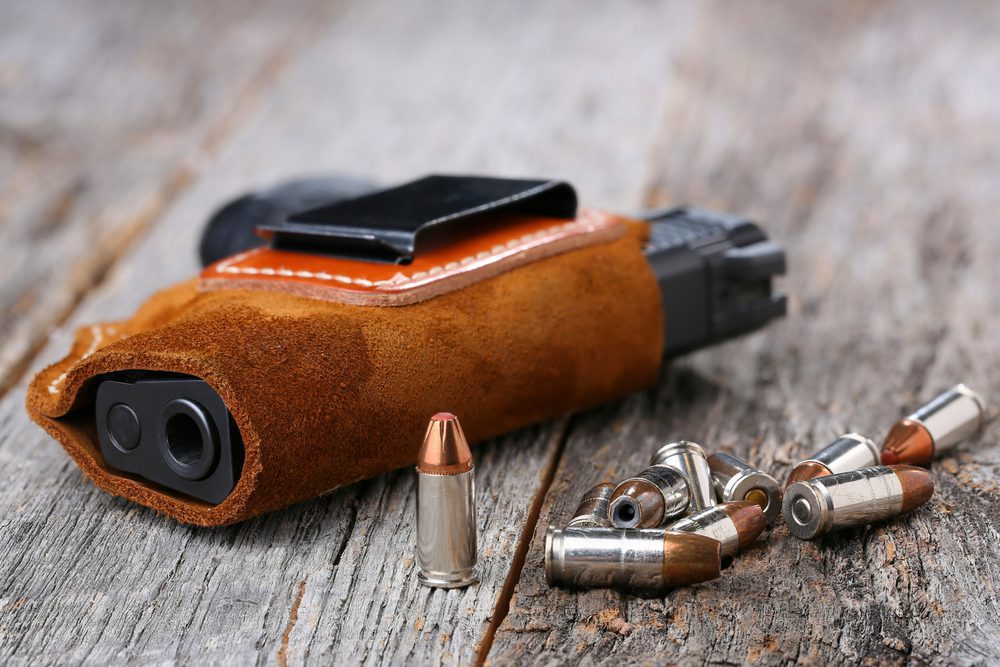
Types of Concealed Carry Holsters
1. Inside-the-Waistband (IWB) Holsters
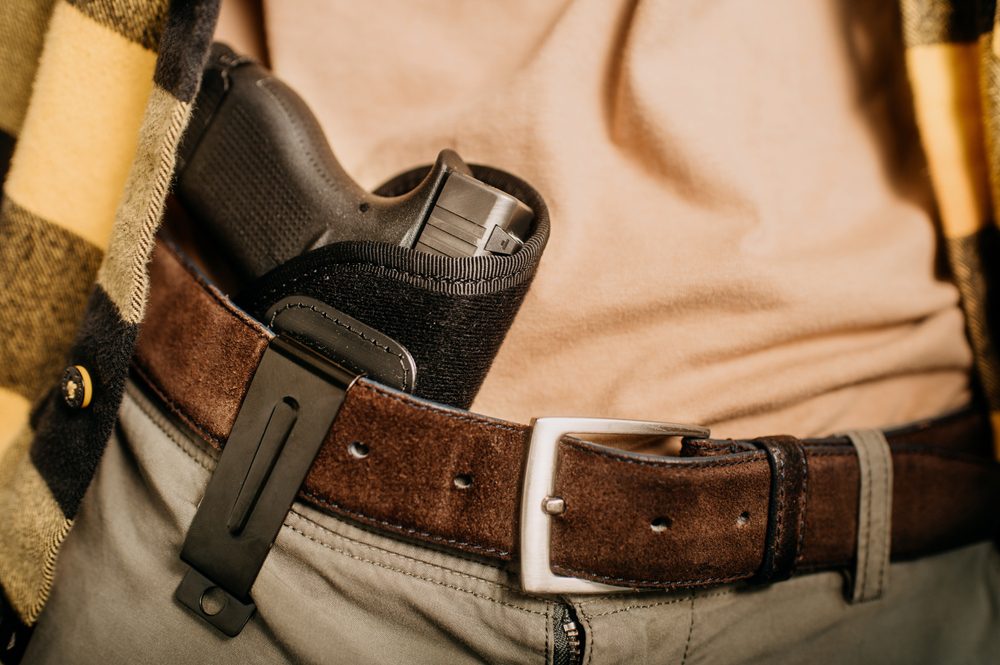
IWB holsters are worn inside the waistband, providing excellent concealment. Pros:
- Offers superior concealment under regular clothing.
- Keeps the firearm close to the body for security.
- Suitable for different body types.
Cons:
- Can be uncomfortable, especially for extended wear.
- Requires proper positioning to avoid discomfort.
2. Outside-the-Waistband (OWB) Holsters
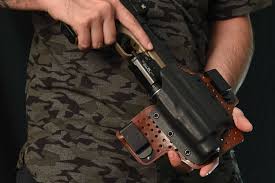
OWB holsters are worn outside the waistband and are often used for open carry. Pros:
- Provides easy access to the firearm.
- More comfortable than IWB holsters.
- Ideal for range practice and law enforcement use.
Cons:
- Less concealment unless covered with a jacket.
- Bulkier than IWB holsters.
3. Appendix Carry Holsters
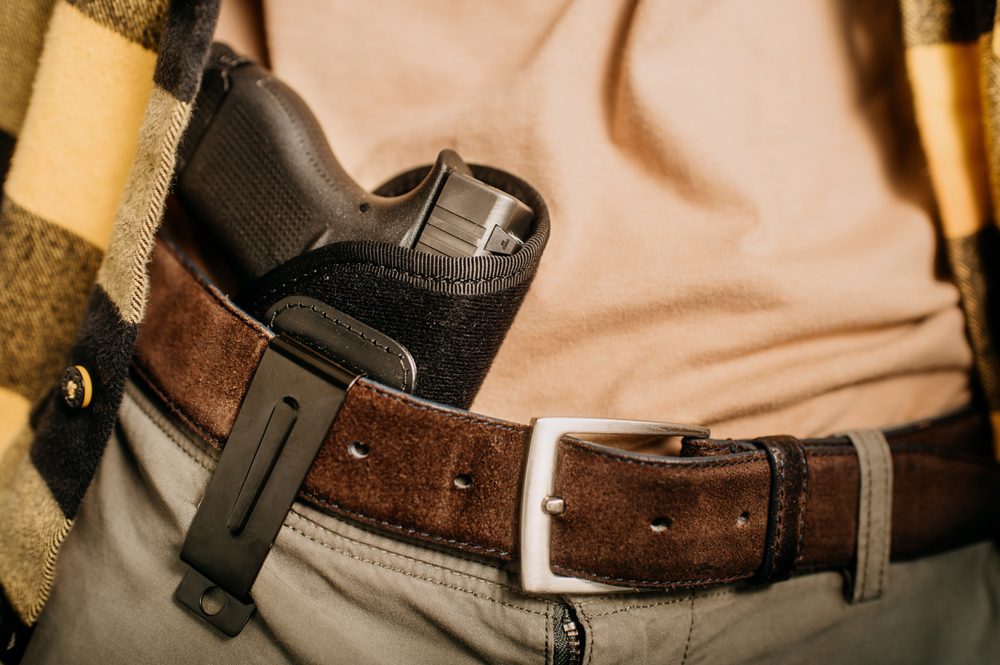
Appendix carry holsters are worn in front of the body for quick access. Pros:
- Allows fast draw from the front position.
- Good concealment with the right clothing.
- Comfortable when seated.
Cons:
- Can be risky if not handled properly (risk of accidental discharge).
- May not be comfortable for all body types.
4. Shoulder Holsters
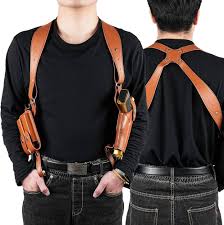
Shoulder holsters distribute weight across the shoulders, keeping the firearm under the arm. Pros:
- Comfortable for prolonged wear.
- Good for colder weather when wearing jackets.
- Allows carrying additional magazines.
Cons:
- Requires extra layers for proper concealment.
- Slower draw compared to waistband holsters.
5. Ankle Holsters
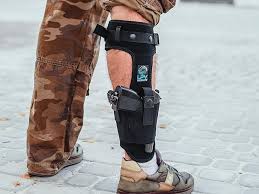
Ankle holsters are best for backup firearms and deep concealment. Pros:
- Excellent for secondary firearm carry.
- Conceals small firearms effectively.
Cons:
- Slowest draw time compared to other options.
- Not suitable for larger handguns.
6. Pocket Holsters
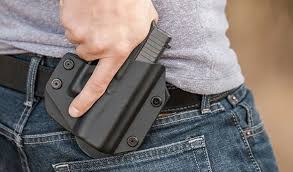
Designed for compact firearms, pocket holsters fit inside pants pockets. Pros:
- Very discreet and lightweight.
- Protects the firearm from debris and lint.
Cons:
- Limited to small firearms.
- Slower access in tight pockets.
Factors to Consider When Choosing a Holster
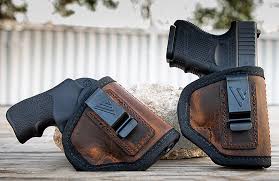
- Material – Choose between leather, Kydex, or hybrid materials for durability and comfort.
- Retention Level – Ensure the holster keeps the firearm secure but accessible.
- Comfort & Fit – Consider body type and daily activities when selecting a holster.
- Concealment Needs – Select a holster that provides effective concealment for your firearm size.
- Adjustability – Look for adjustable cant and ride height for personalized comfort.
Frequently Asked Questions (FAQs)
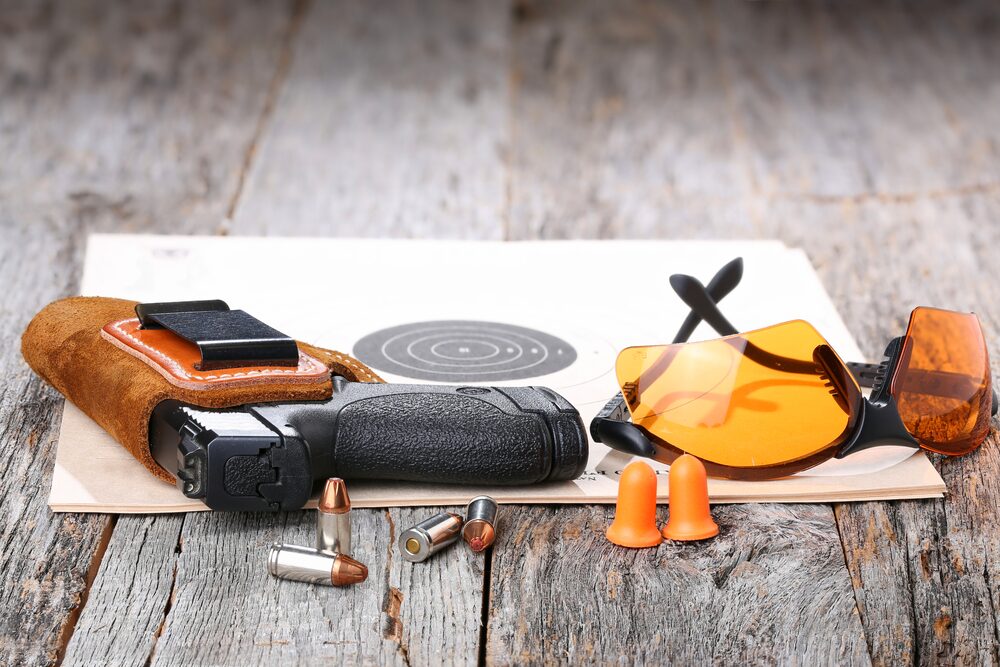
1. What is the most comfortable holster for concealed carry?
Comfort varies by body type, but hybrid IWB holsters and high-quality leather holsters are often considered the most comfortable.
2. Can I carry a full-size handgun in a concealed holster?
Yes, but you will need a high-quality IWB or shoulder holster with good retention and concealment features.
3. Is appendix carry safe?
Yes, with proper training and a quality holster that covers the trigger guard, appendix carry can be a safe and effective option.
4. What is the best holster material?
Kydex offers excellent durability and retention, while leather provides comfort and a classic look. Hybrid holsters combine the benefits of both.
5. Should I buy a holster with a retention strap?
Retention straps add security but can slow down your draw. Consider a retention level suited to your needs.




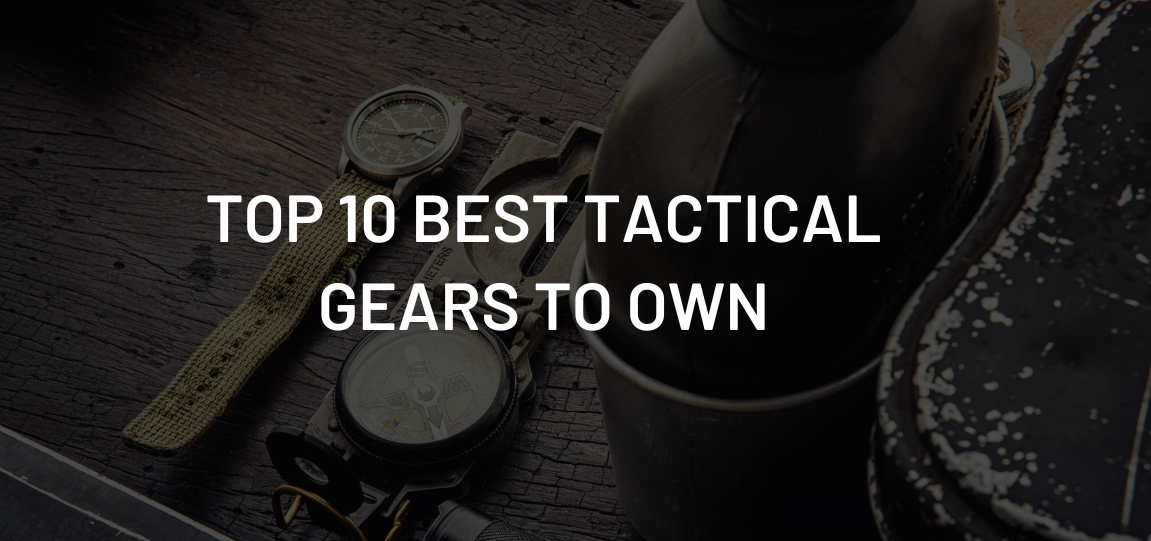




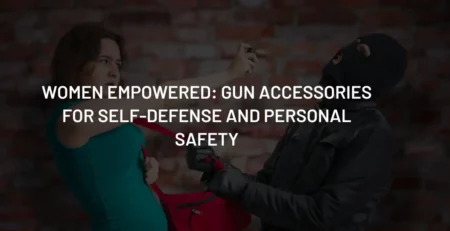
Leave a Reply